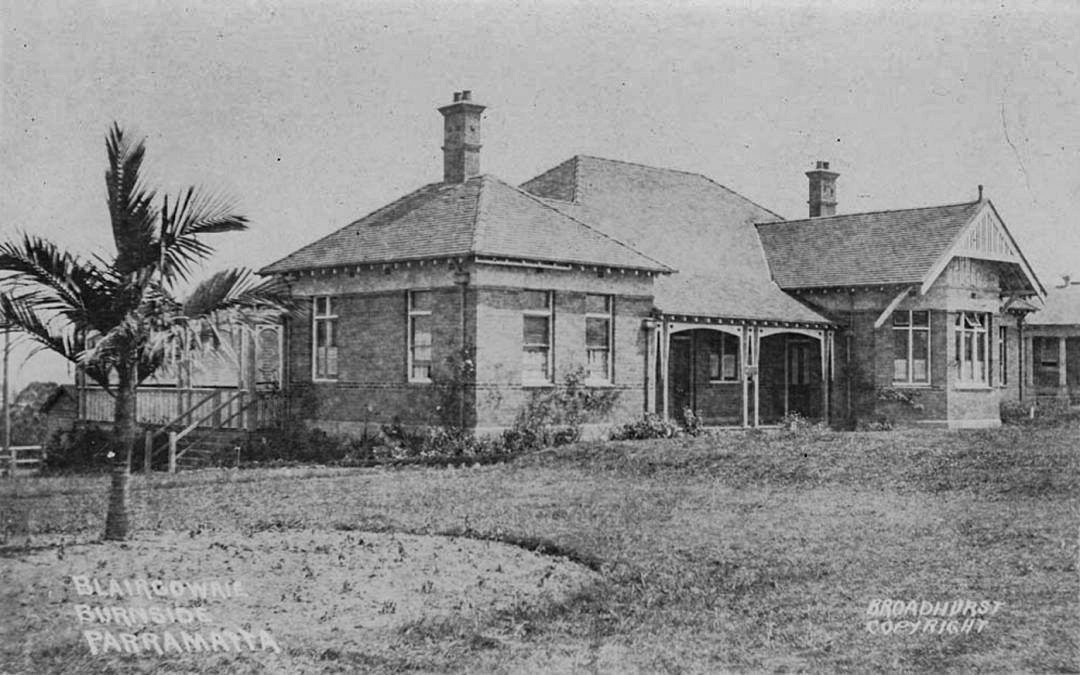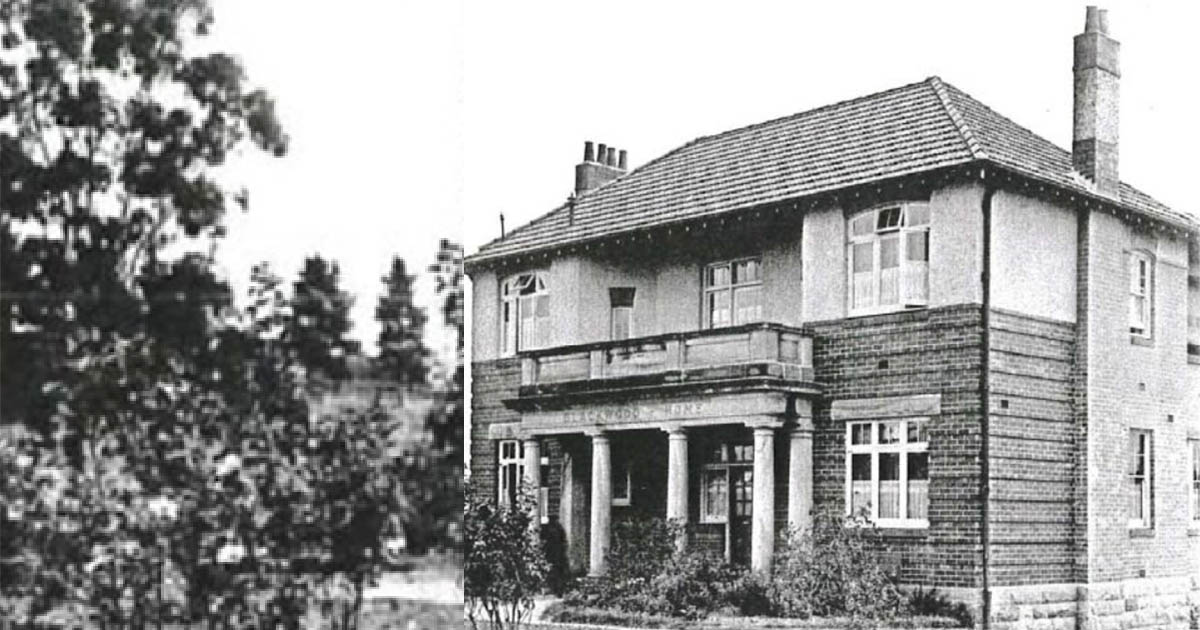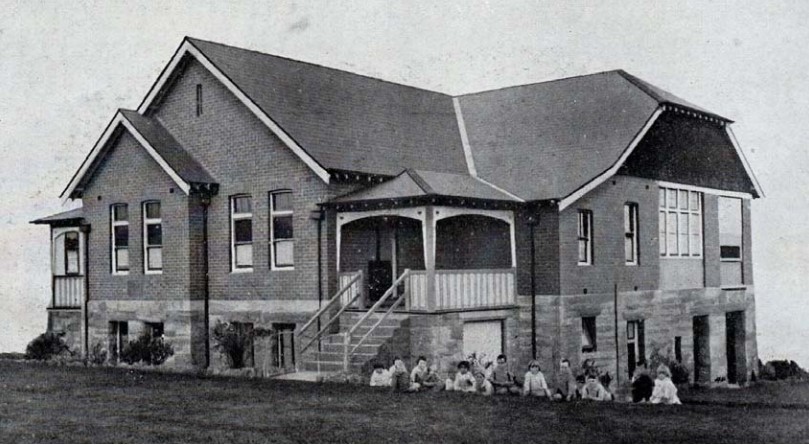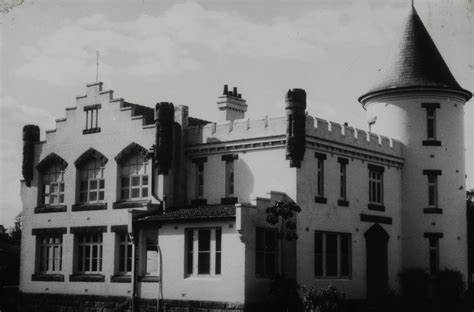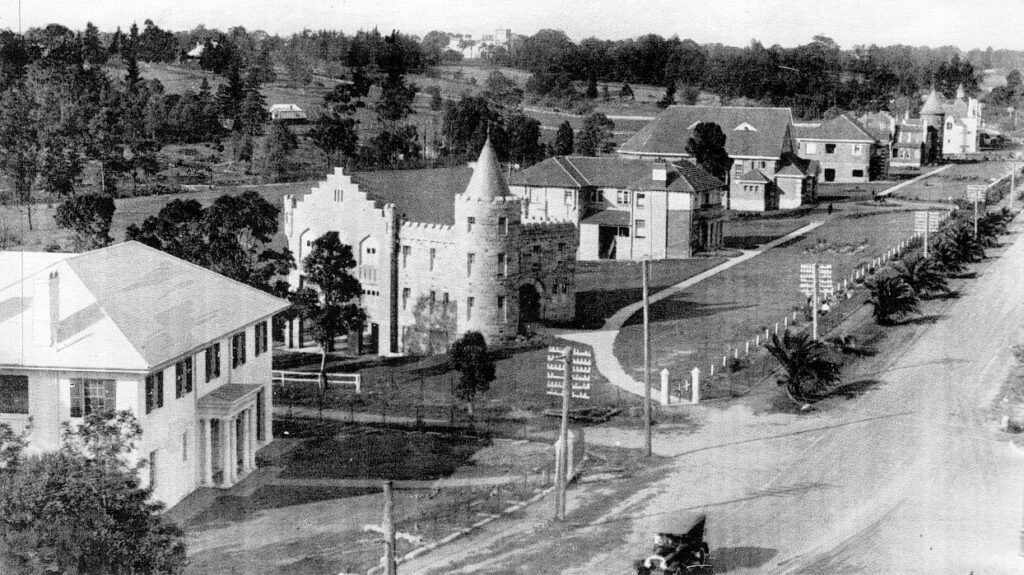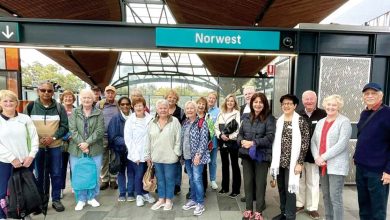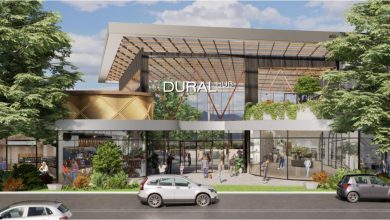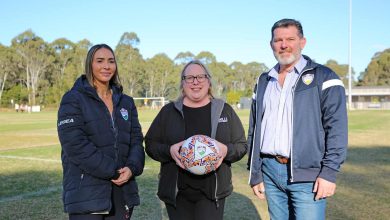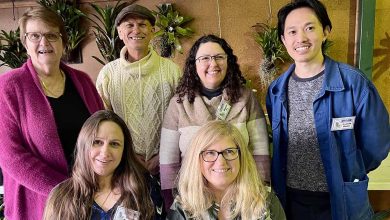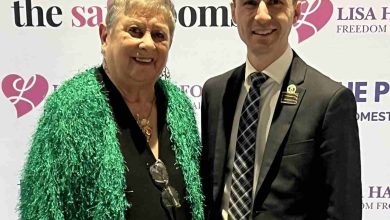Sir James Burns & Burnside
At what was once the southern part of the Hills Shire stood “Gowan Brae” the home of Sir James Burns.
The home still stands. Sir James migrated from Scotland to Queensland together with one of his brothers in 1862 and worked as a Jackaroo in the outback of that state for three years until he and his brother established a General store in Brisbane called “Burns & Scott”, and soon after, also had stores at Gympie, One Mile Creek and Kilkivan.
After returning to Scotland in 1870 after the death of his father he then returned to Queensland in 1871 to establish a trading and shipping company based in Townsville – “Queensland Steam Shipping Company Ltd.” After loaning Robert Philp enough money to become a partner in his enterprise the company then became Burns Philp, best known as island traders throughout the Pacific and the East Indies.
James Burns moved to New South Wales in the 1880s and resided at his home “Gowen Brae” at North Parramatta until his death in 1923. Sometime during 1909 he wrote the following to the Presbyterian Church.
“Understanding that your Church is desirous of forming a Presbyterian Boys’ Home, where orphan and abandoned lads may be trained to become useful citizens, I am prepared to purchase and have transferred, free of all cost, the piece of land which has been shown to you, comprising forty-five acres of good agricultural land, in an elevated and suitable position near my own residence.
And should you accept this land, then it will be understood that a substantial building will be erected worthy of the district and position occupied, and I agree to make a donation of 500 [pounds] towards such a building and will otherwise assist as far as I possibly can.”
This was the start of what was to become the Burnside Homes at North Parramatta. What prompted Burns to this idea was that whilst travelling from Katoomba to Sydney by train, he had been inspired by the buildings of orphanages, convents and homes that had been erected by the Catholic Church that he had seen from the railway. Whilst Burns had proposed a Boys home the Church thought that a home for boys and girls would be more appropriate.
The first of the Burnside Homes was “Blairgowrie” which opened on Saturday 17 June 1911. Over the years, more homes were erected and given Scottish names, and the site became like a little village with its own vegetable farm, dairy, gym nasium, swimming pool, and sports grounds. Eventually there were 13 homes.
Sir James Burns own home of “Gowan Brae” was situated across from the Burnside Homes. Sir James Burns did not want his name reflected in the property. However, the board, given the task of selecting a name for the property, decided on Burnside as a burn (Scottish for creek) ran through the grounds.
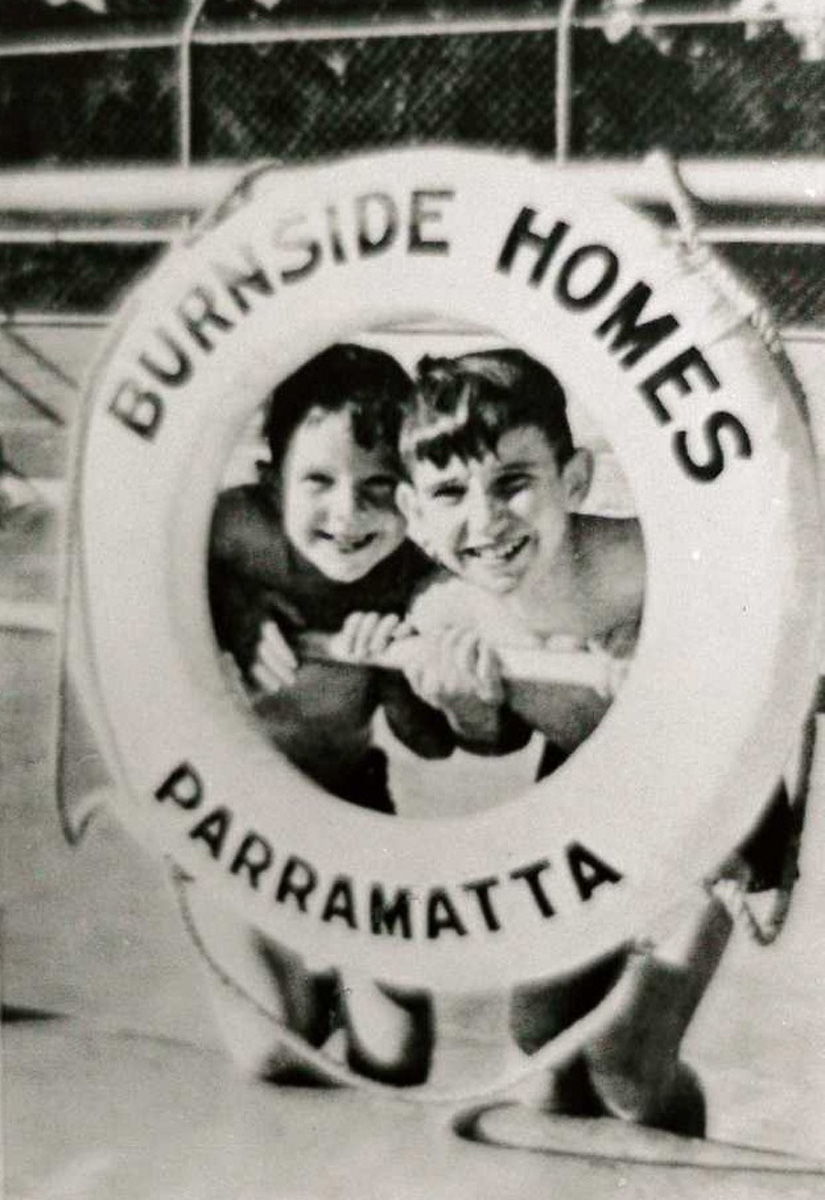
Much of the land has since been sold or leased to other organisations, or as residential developments. The property immediately around Gowan Brae is now owned by The King’s School, while sections of the property are now owned by the Redeemer Baptist School and Tara Anglican School for Girls, with some still owned by the Synod of New South Wales and the ACT of the Uniting Church in Australia for Burnside’s own operations and the synod’s activities such as the archives, Camden Library and the Uniting Theological College..
Kings School, the Tara Girls High School, Burnside Public School and the Redeemer Baptist School were either purchasers, or became occupiers, of a number of the Burnside properties particularly on the northern side of Pennant Hills Road.
